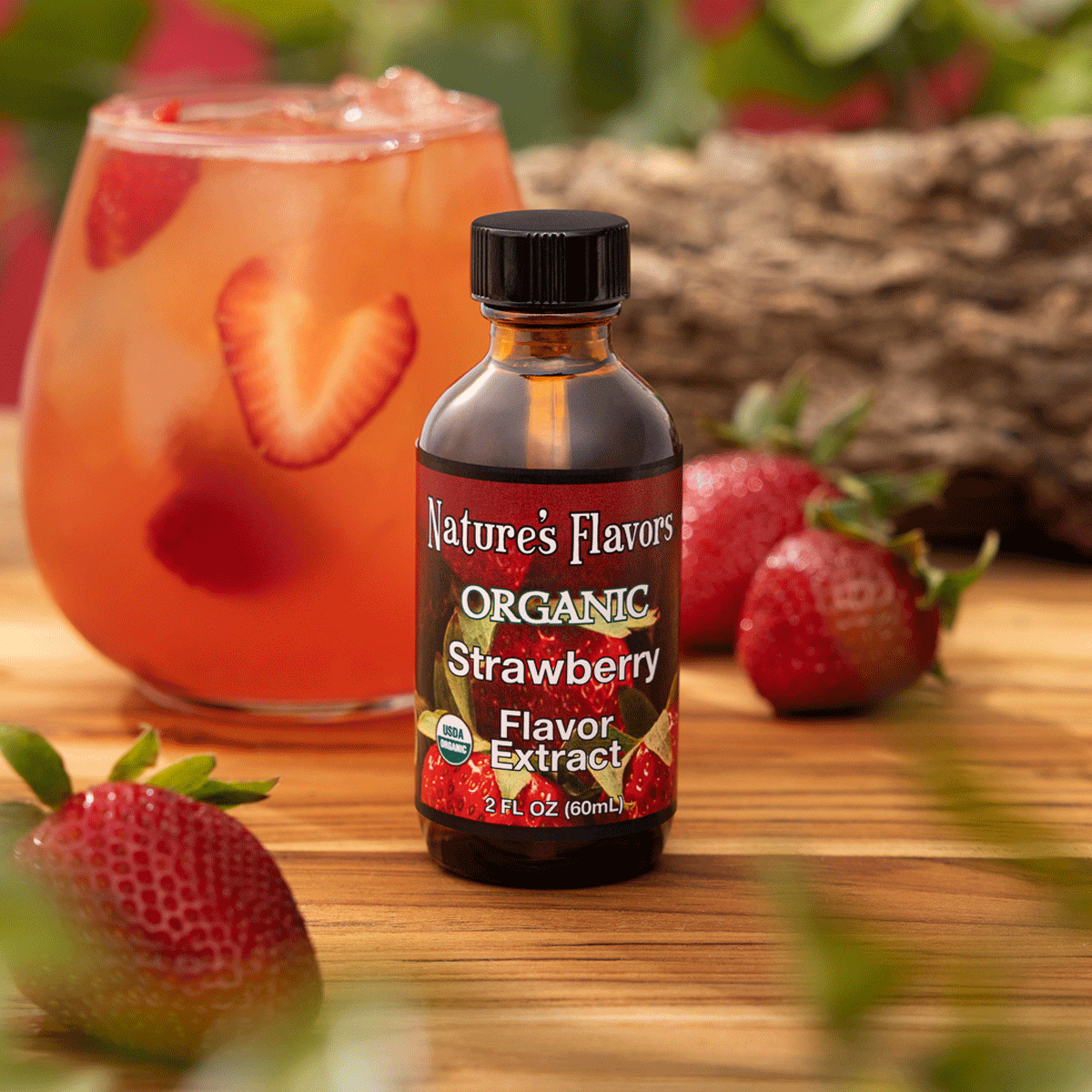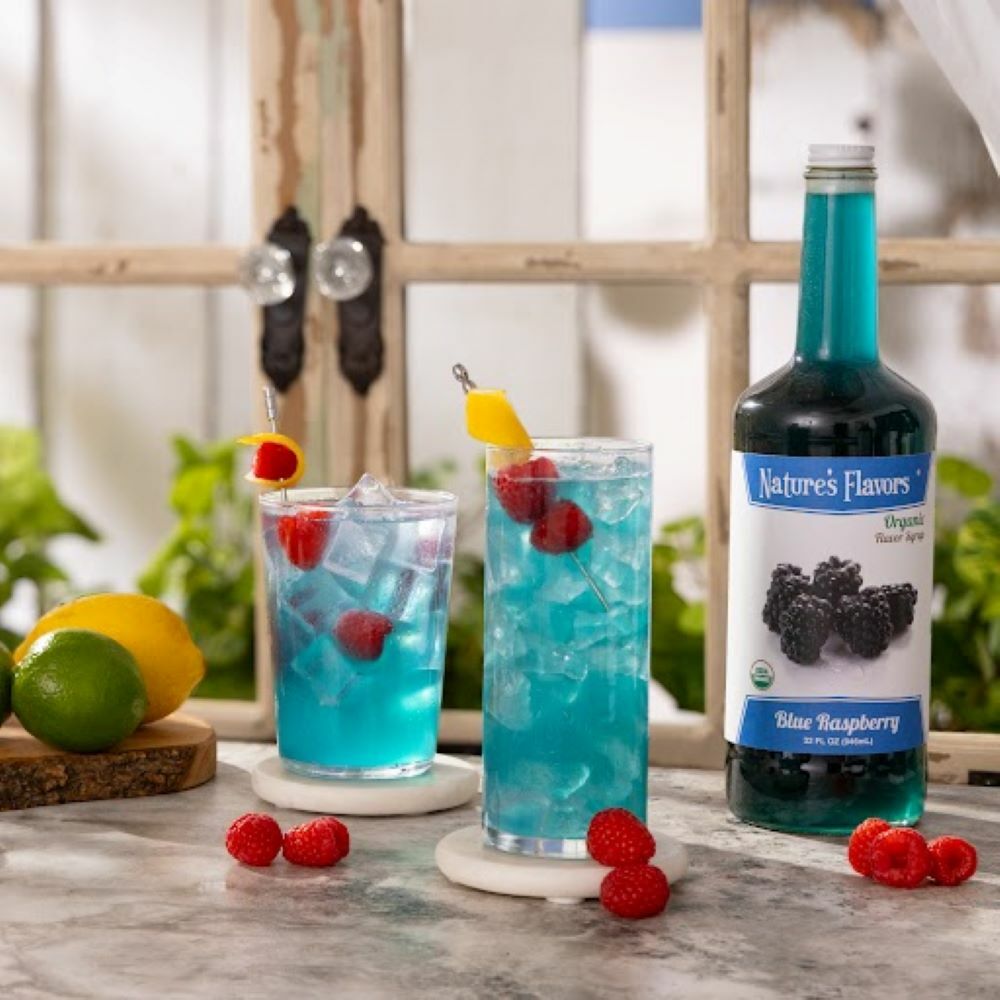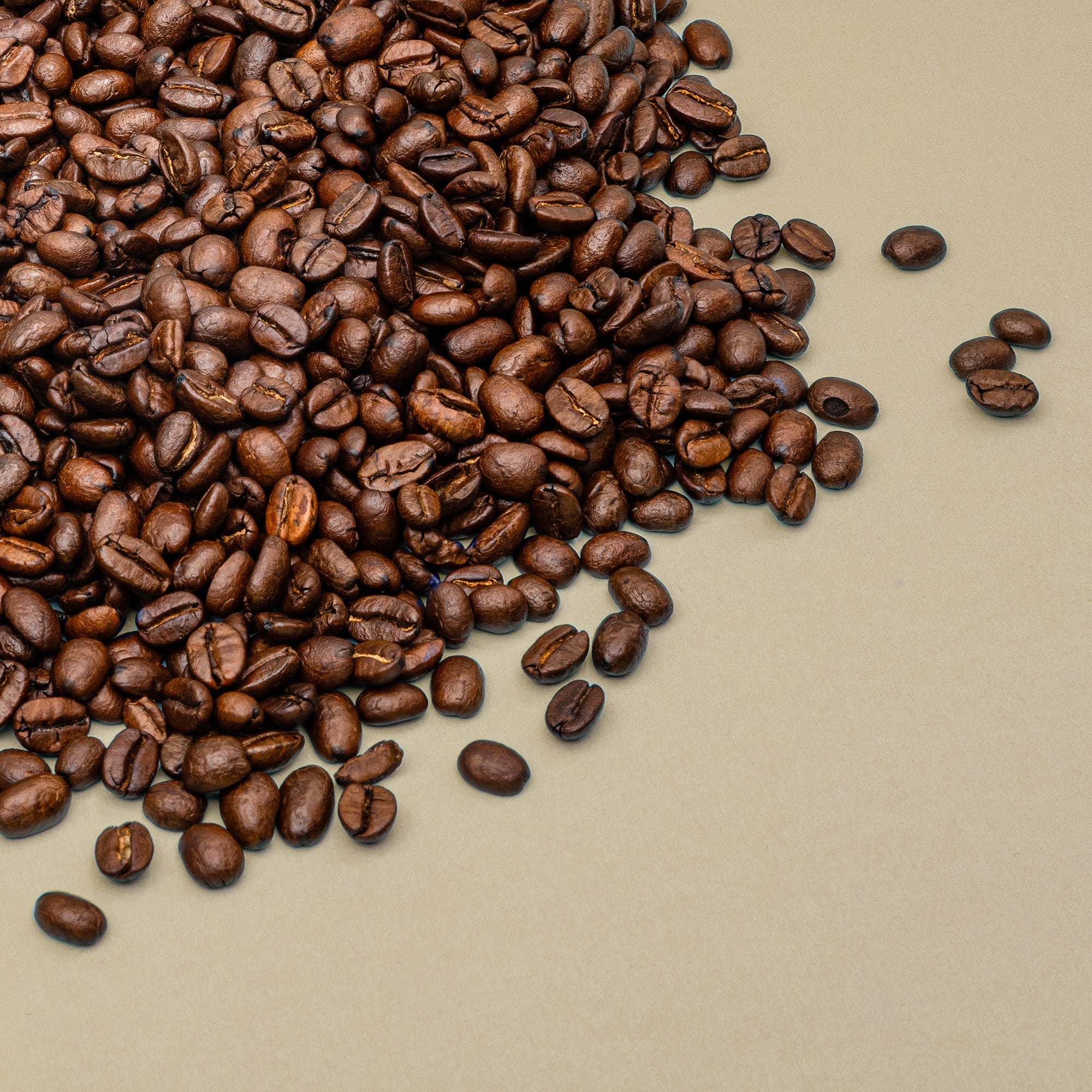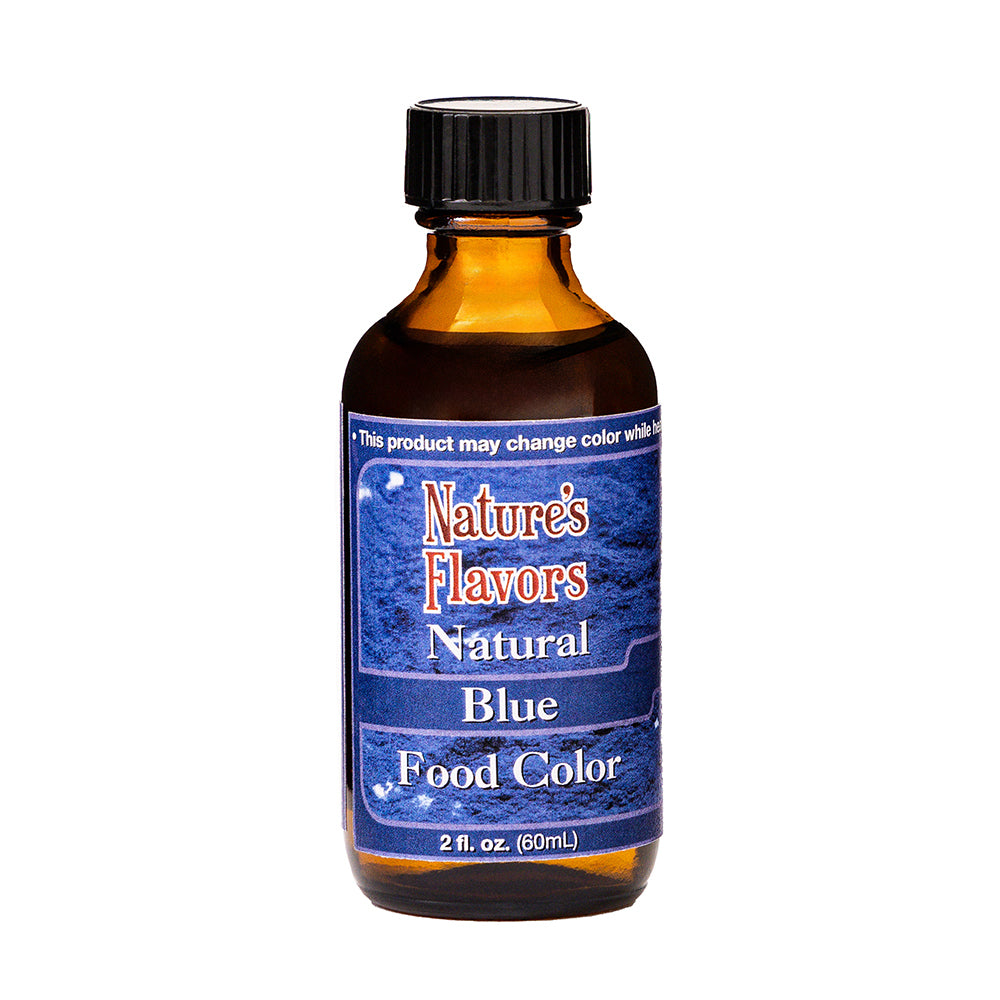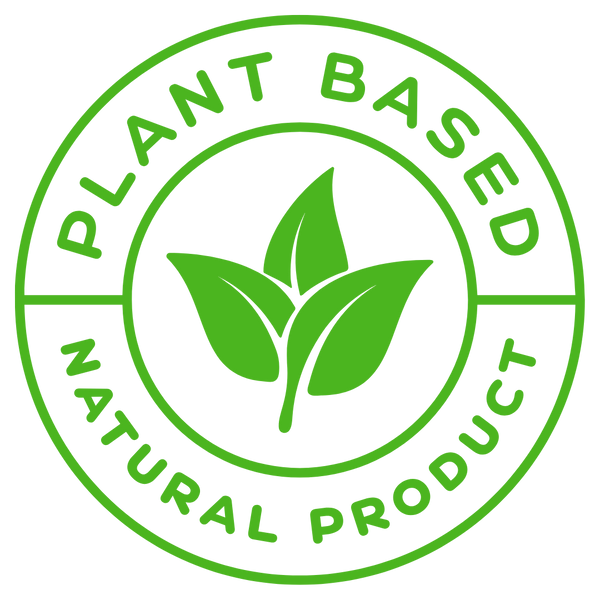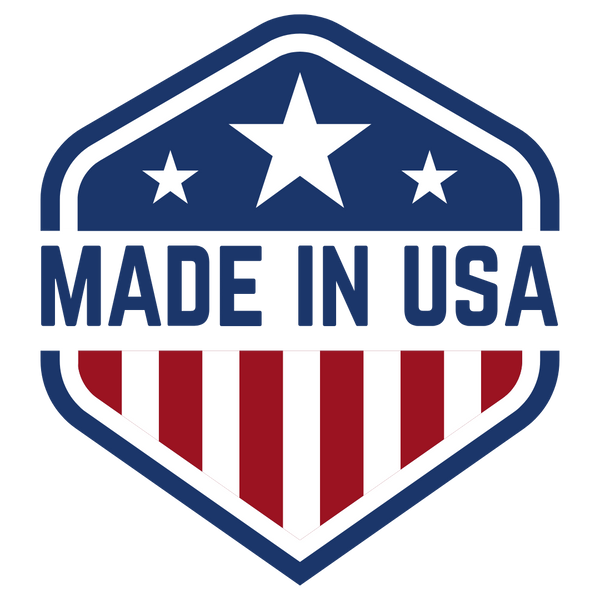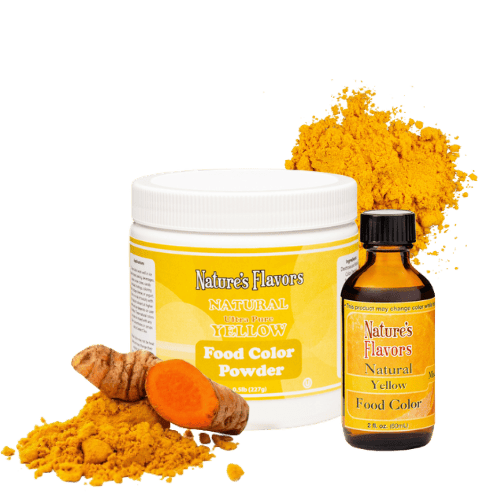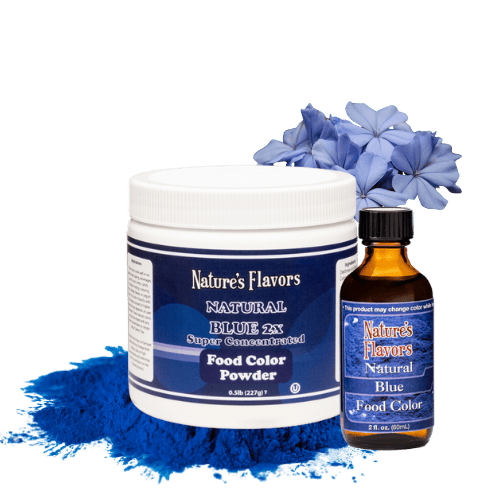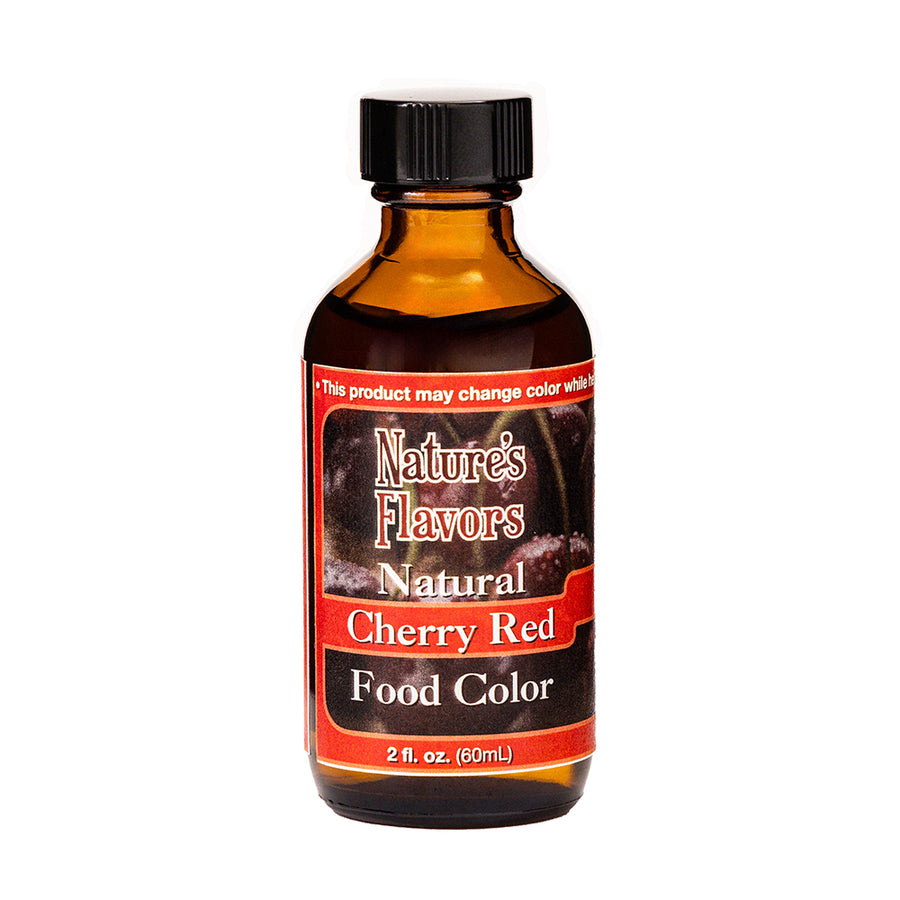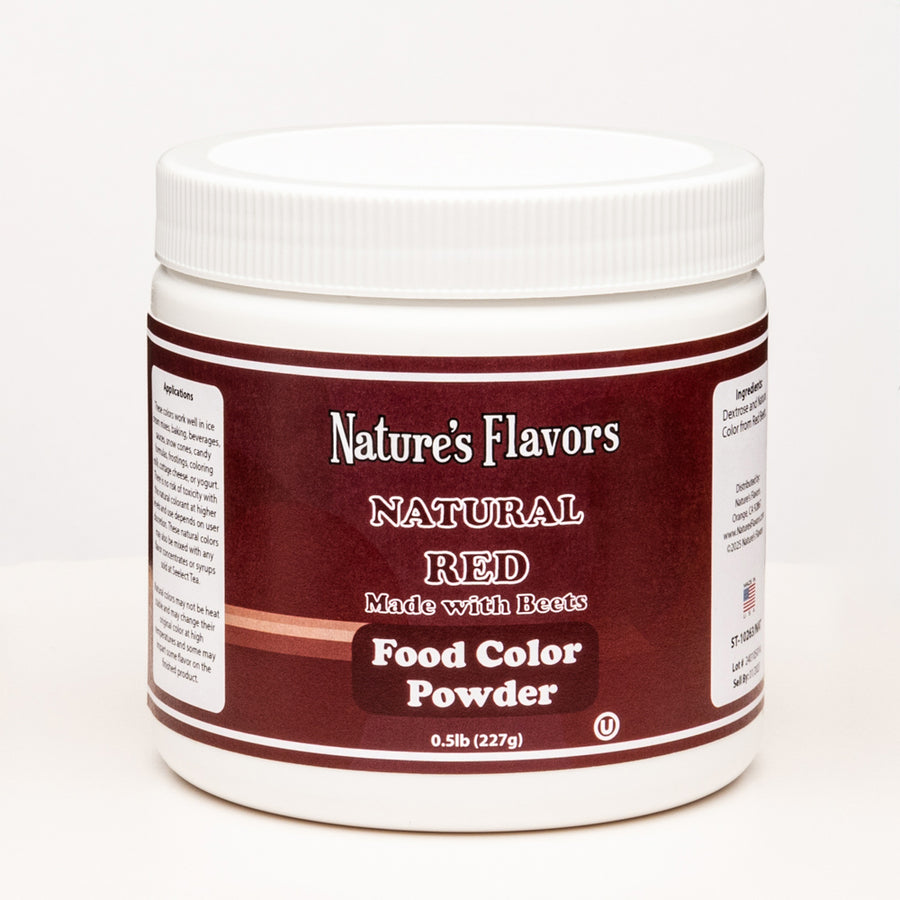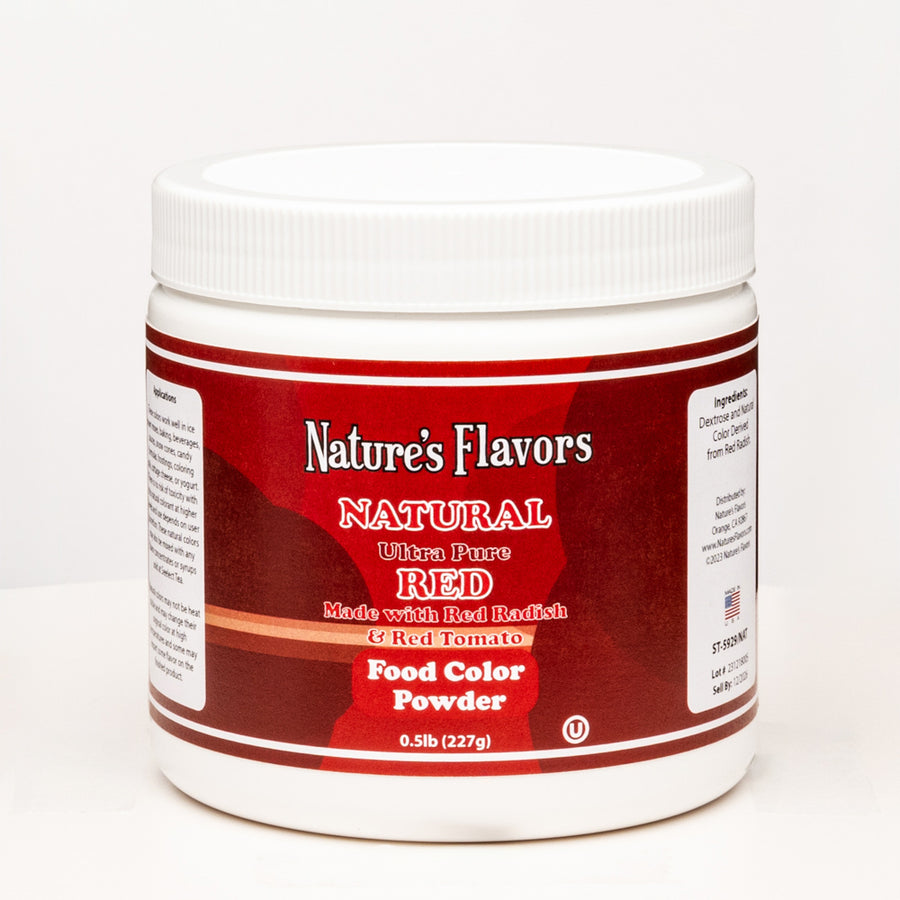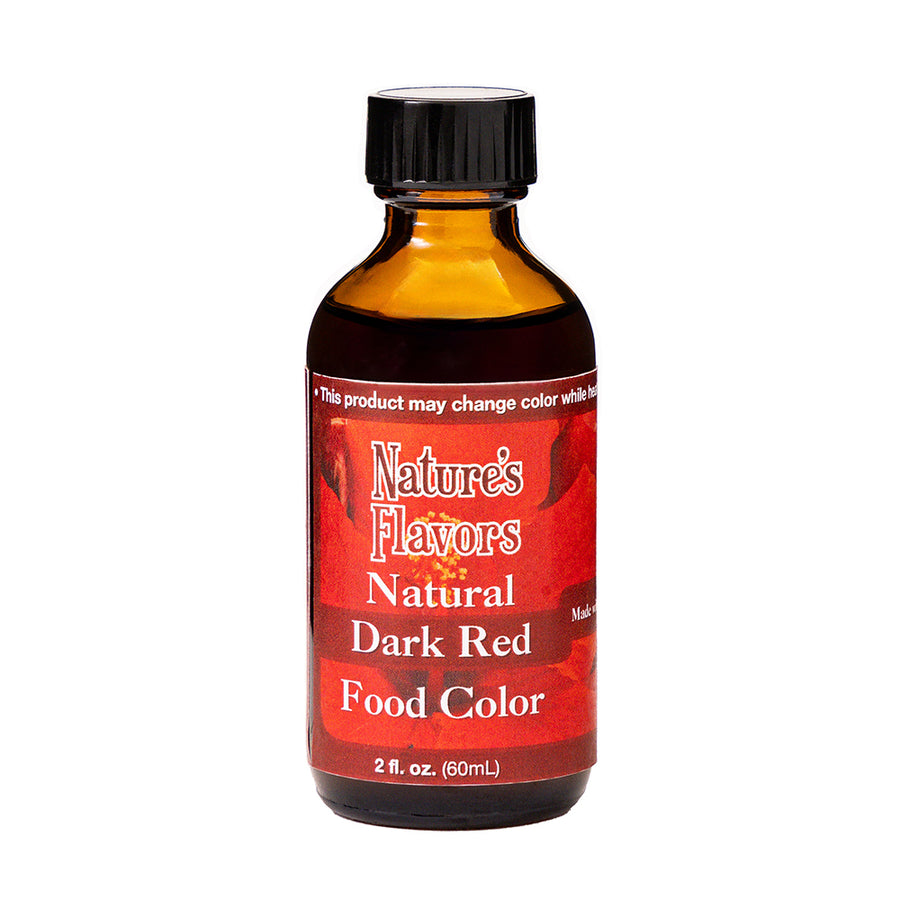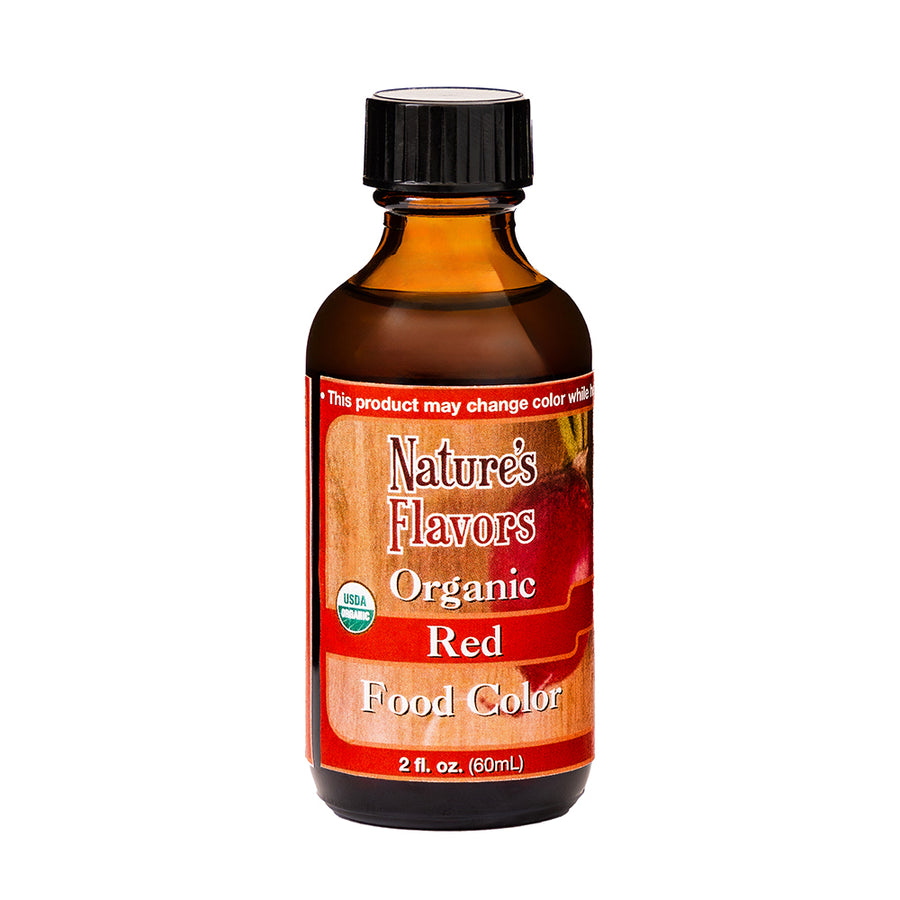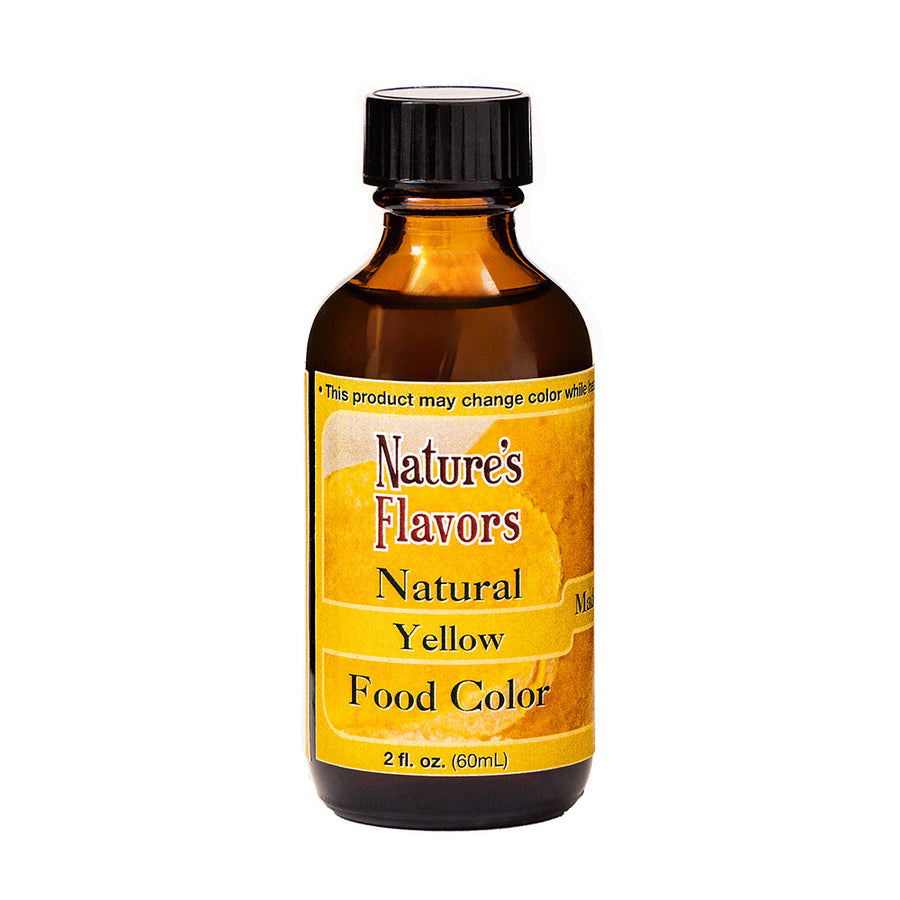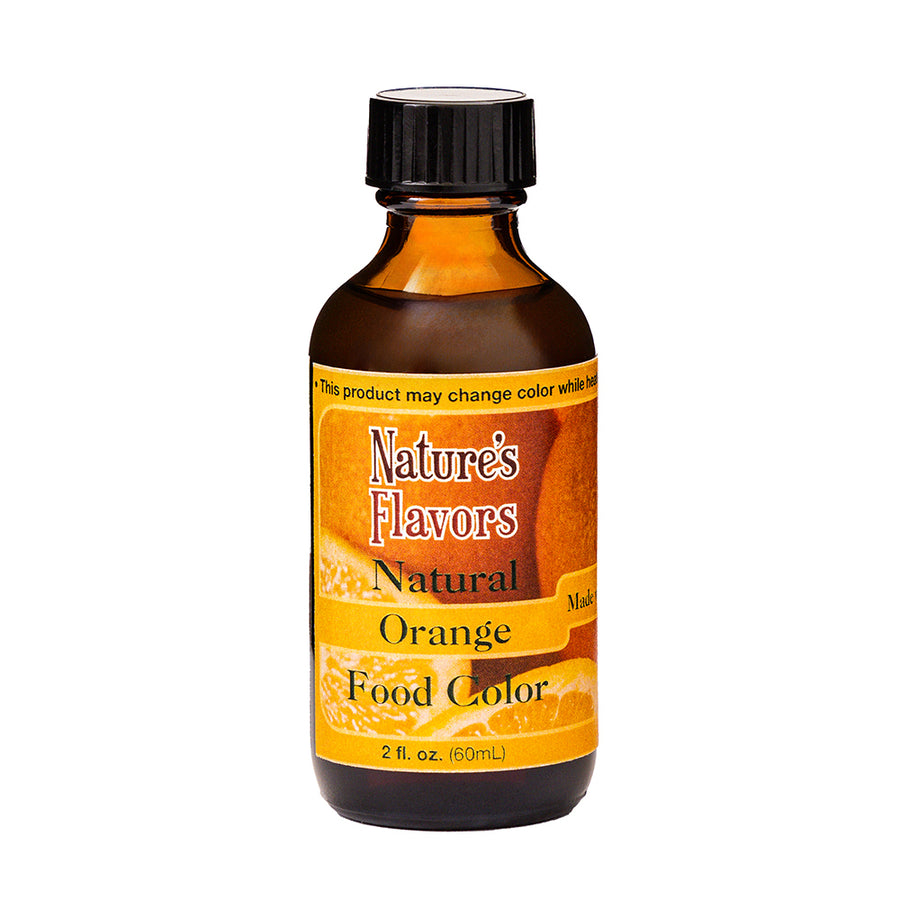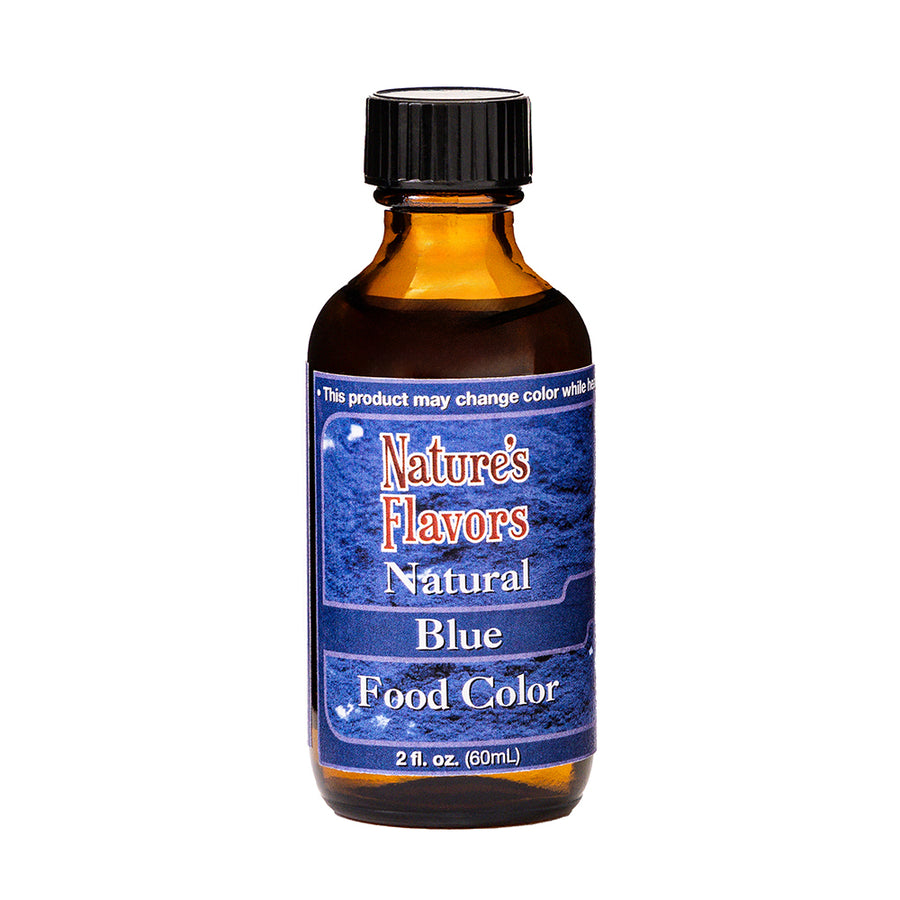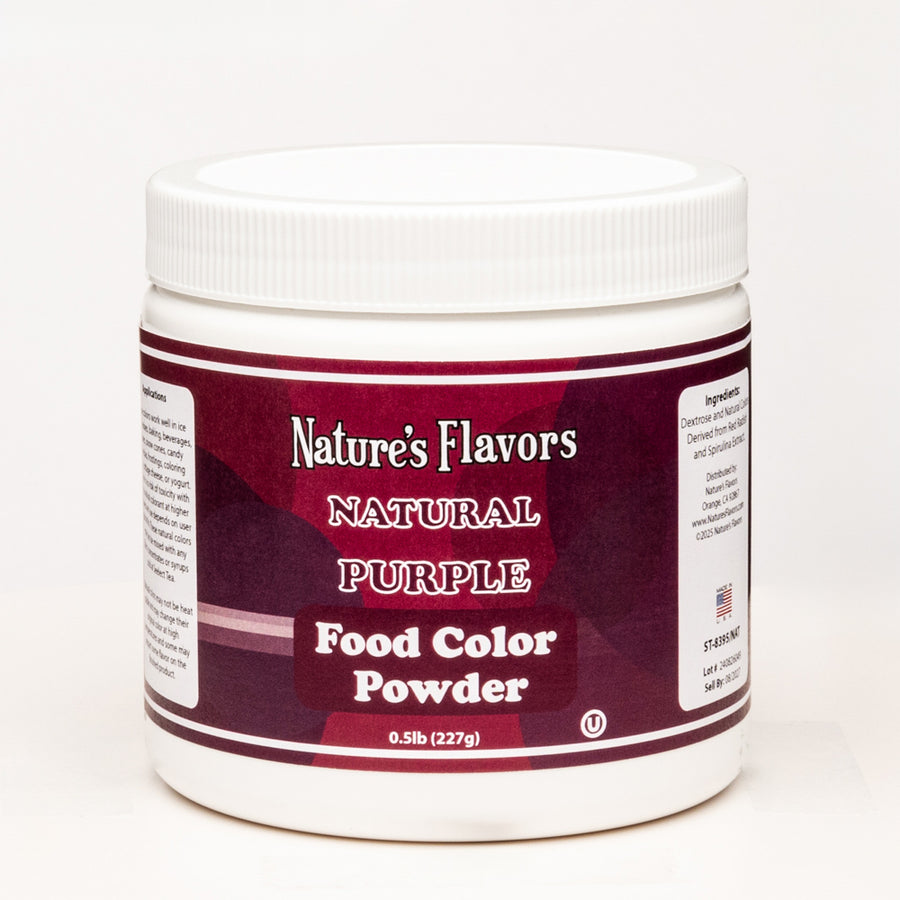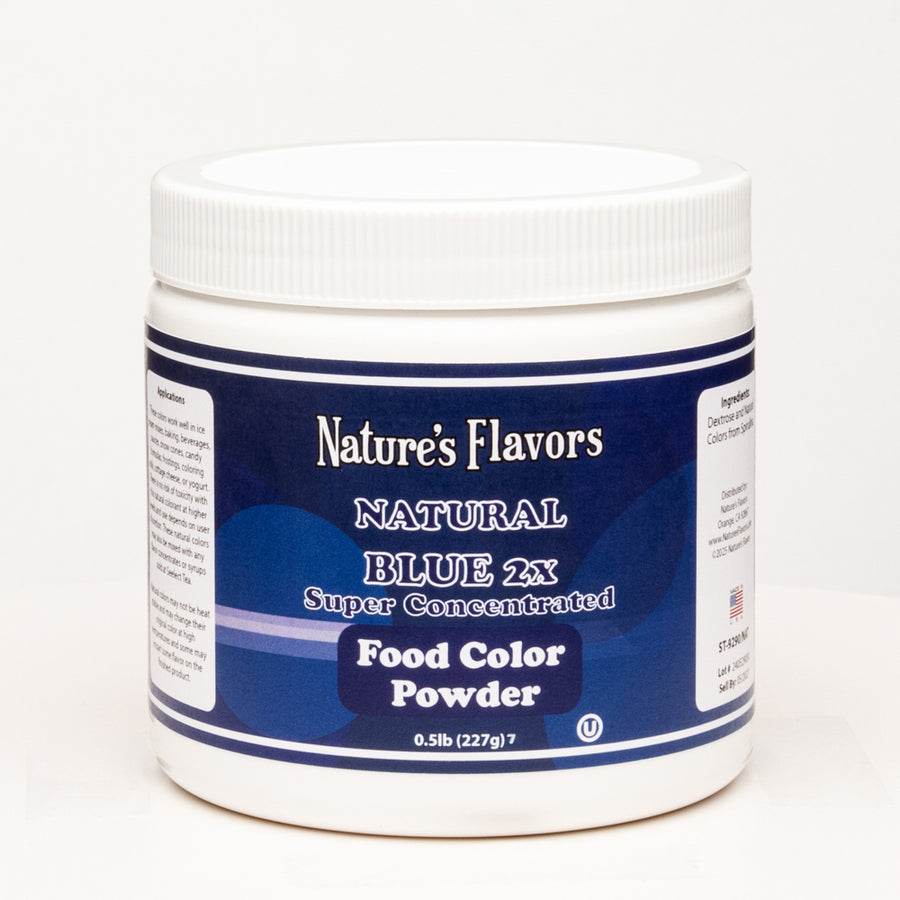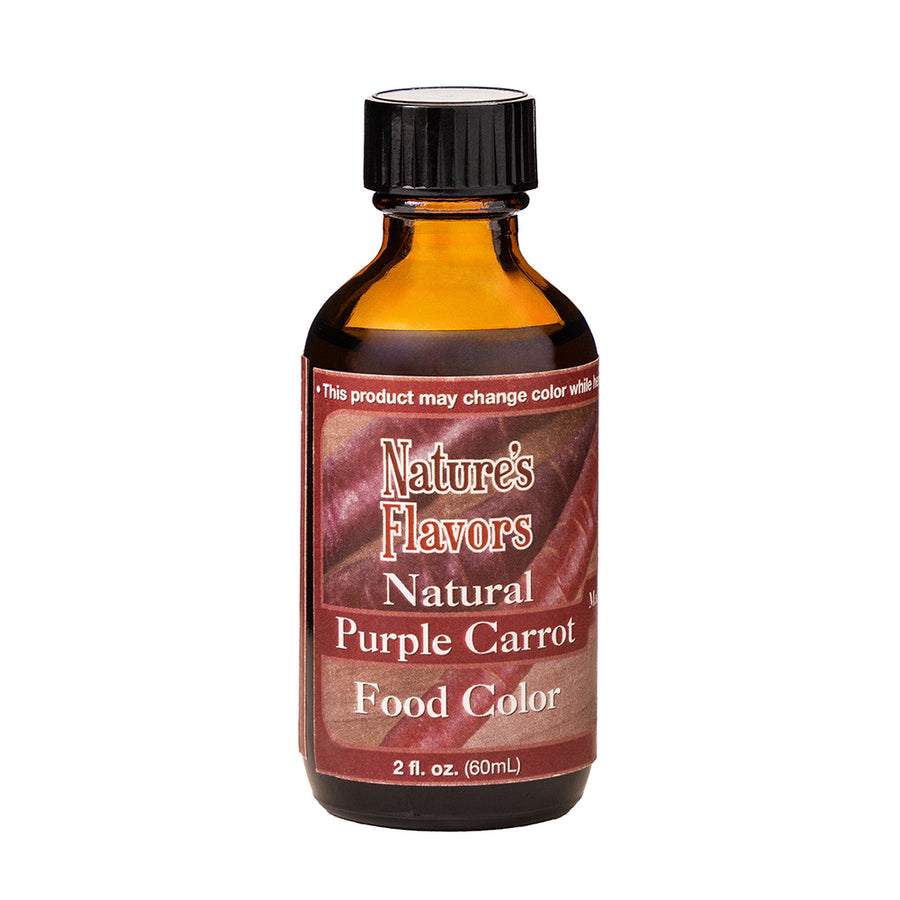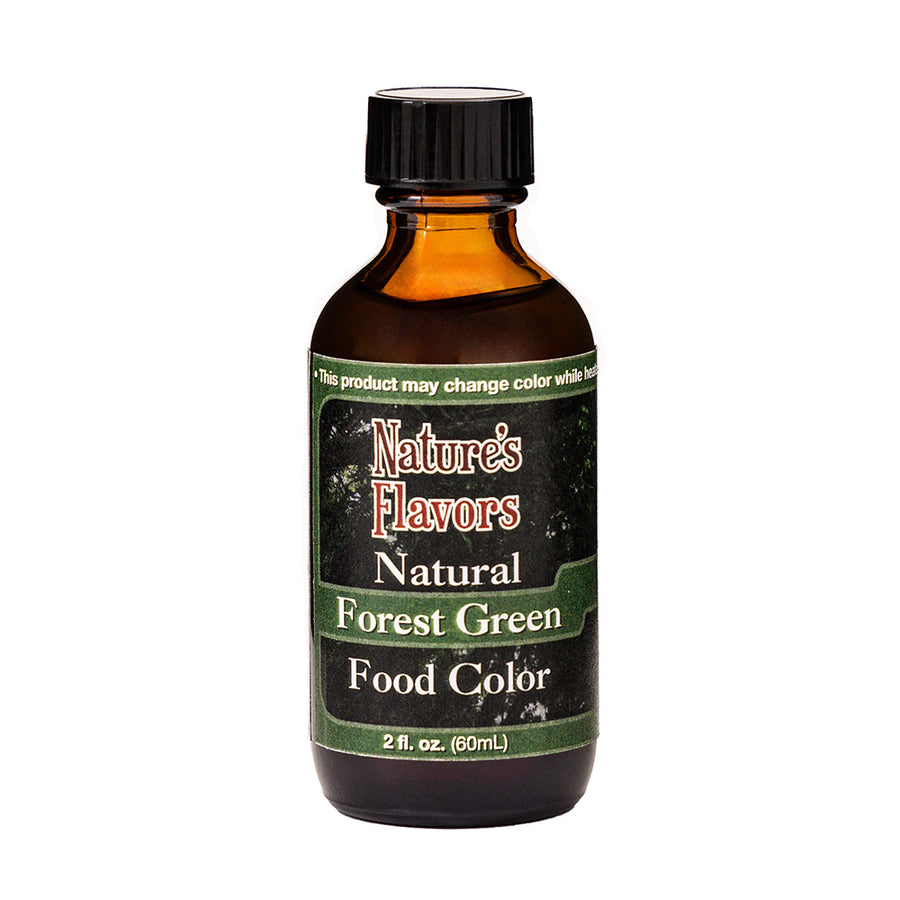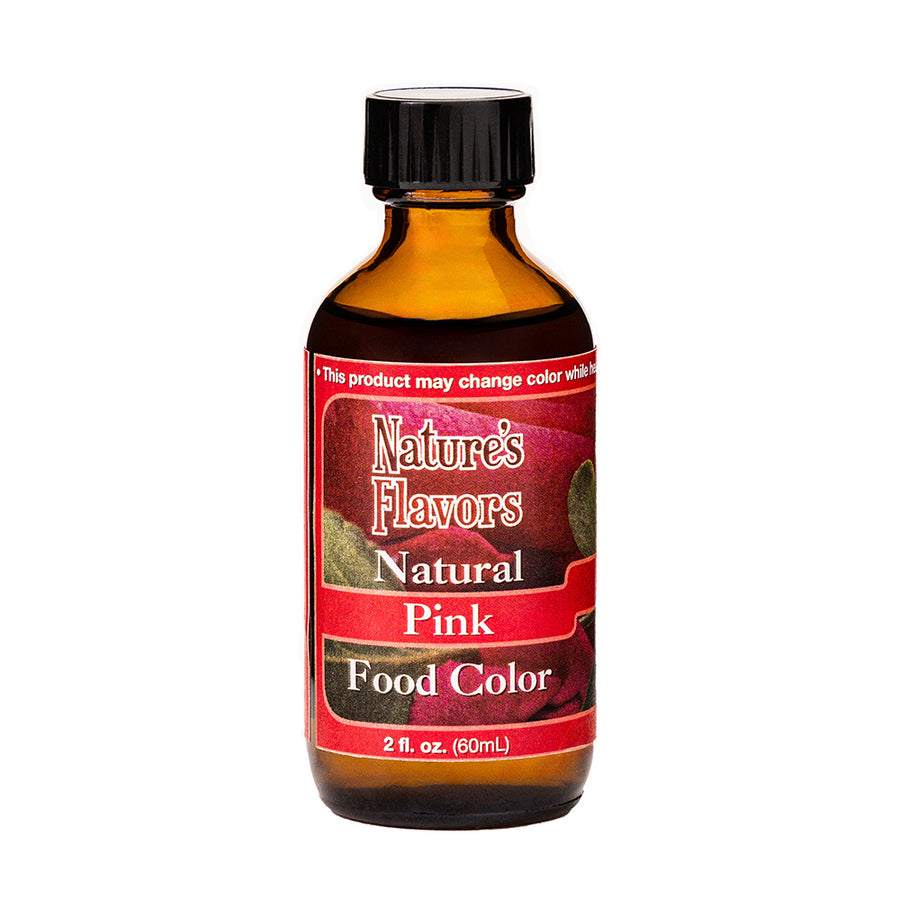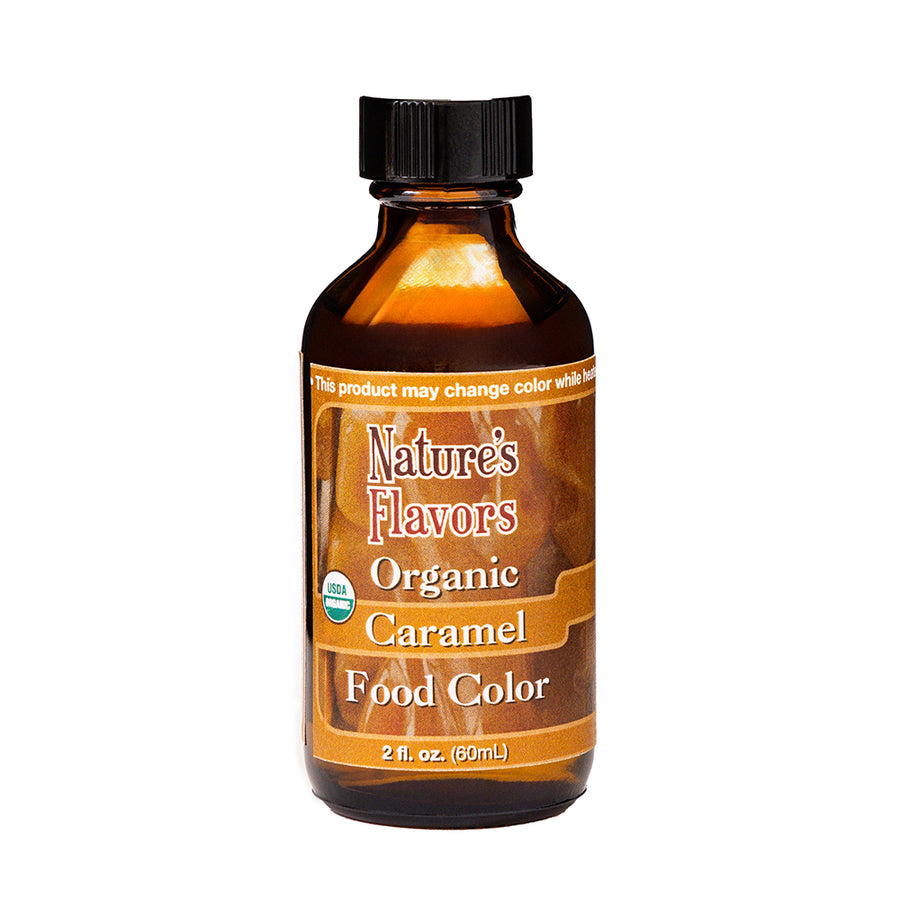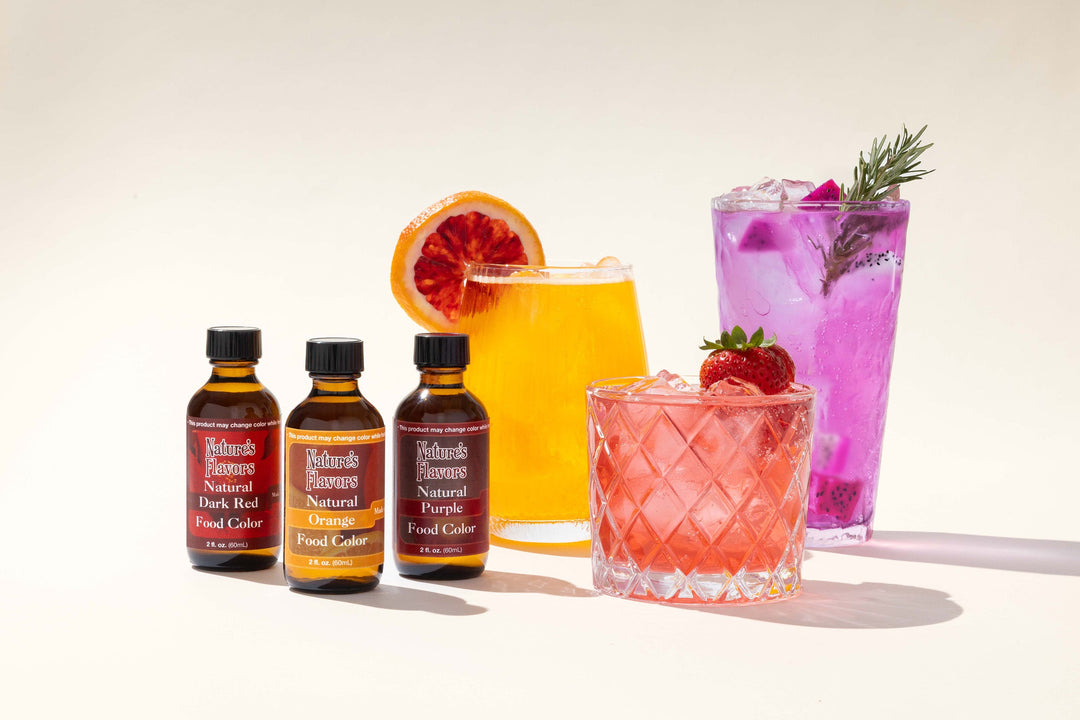Our Blue Food Coloring is a premium, all-natural alternative crafted for culinary professionals aiming to exclude artificial ingredients from their formulations. Sourced from real, plant-based origins, this vibrant blue hue offers a mild, neutral taste, making it an ideal choice for a wide range of food applications. Its natural composition ensures that your products not only look appealing but also align with consumer demand for clean-label ingredients.
Applications:This all-natural blue food coloring is versatile and can be used across various product categories. It is particularly suitable for baked goods such as cakes, cookies, and pastries, where a vibrant blue color can enhance visual appeal. Additionally, it is perfect for beverages, including smoothies, cocktails, and non-alcoholic drinks, providing a striking appearance without altering the flavor profile. Sauces, frostings, and dairy products can also benefit from this natural coloring, offering a consistent and appealing look.
Benefit:Using our blue food coloring offers several functional and business advantages. It provides consistent color results, ensuring that each batch of your product meets the same high standards. The natural formulation supports clean-label initiatives, appealing to health-conscious consumers and enhancing brand reputation. Moreover, it is cost-efficient, as a small amount of concentrate delivers a significant impact, reducing overall ingredient costs.
Versatility:The concentrate's potency allows for flexible flavor control, enabling culinary professionals to achieve the desired intensity with minimal usage. This versatility supports product innovation, allowing for experimentation with new recipes and formulations. Whether you are developing a new line of colorful confections or enhancing the visual appeal of existing products, this blue food coloring provides the flexibility needed to meet diverse culinary needs.
Quality Assurance:Our blue food coloring is manufactured under stringent quality control standards to ensure safety and consistency. Each batch undergoes rigorous testing to verify purity and color stability, providing peace of mind to food manufacturers and R&D teams. The product is vegan, kosher, and gluten-free, meeting various dietary requirements and expanding its applicability across different markets.
Sustainability:We are committed to environmentally responsible sourcing and manufacturing practices. Our blue food coloring is derived from sustainable plant sources, aligning with current trends towards eco-friendly ingredients. By choosing our product, you contribute to a more sustainable food industry, meeting consumer demand for environmentally conscious options.
Storage:To maintain the freshness and potency of the blue food coloring, store it in a cool, dry place away from direct sunlight. After opening, ensure the container is tightly sealed to prevent contamination and preserve its vibrant color. Proper storage will extend the shelf life and maintain the quality of the product.


